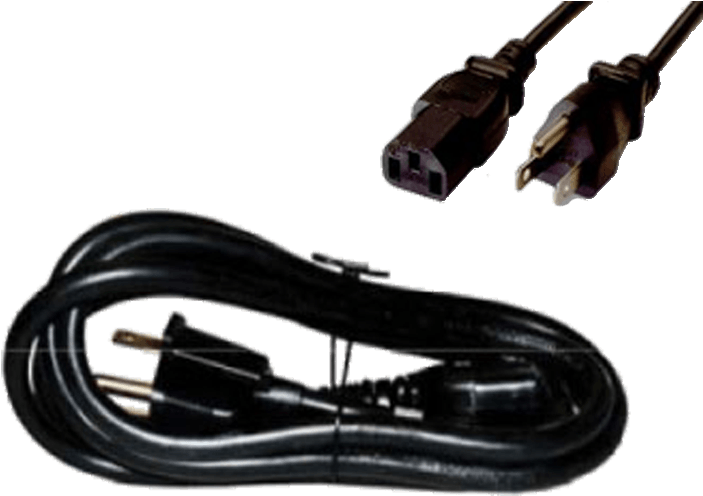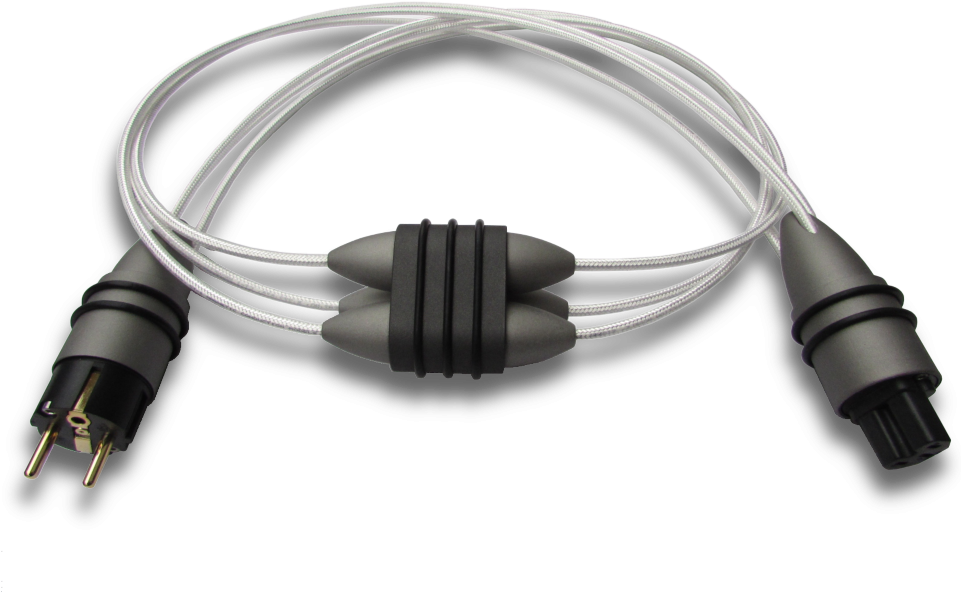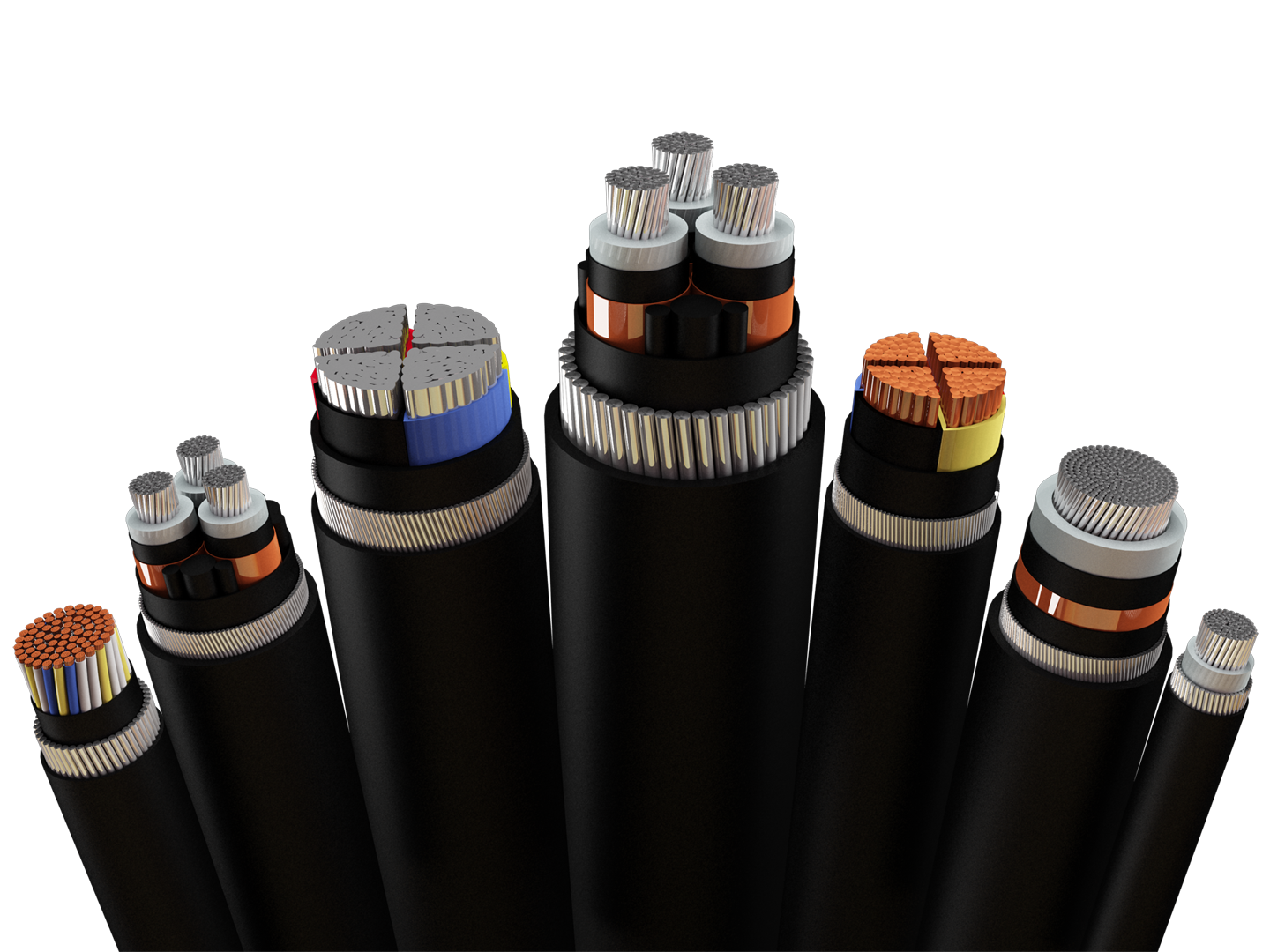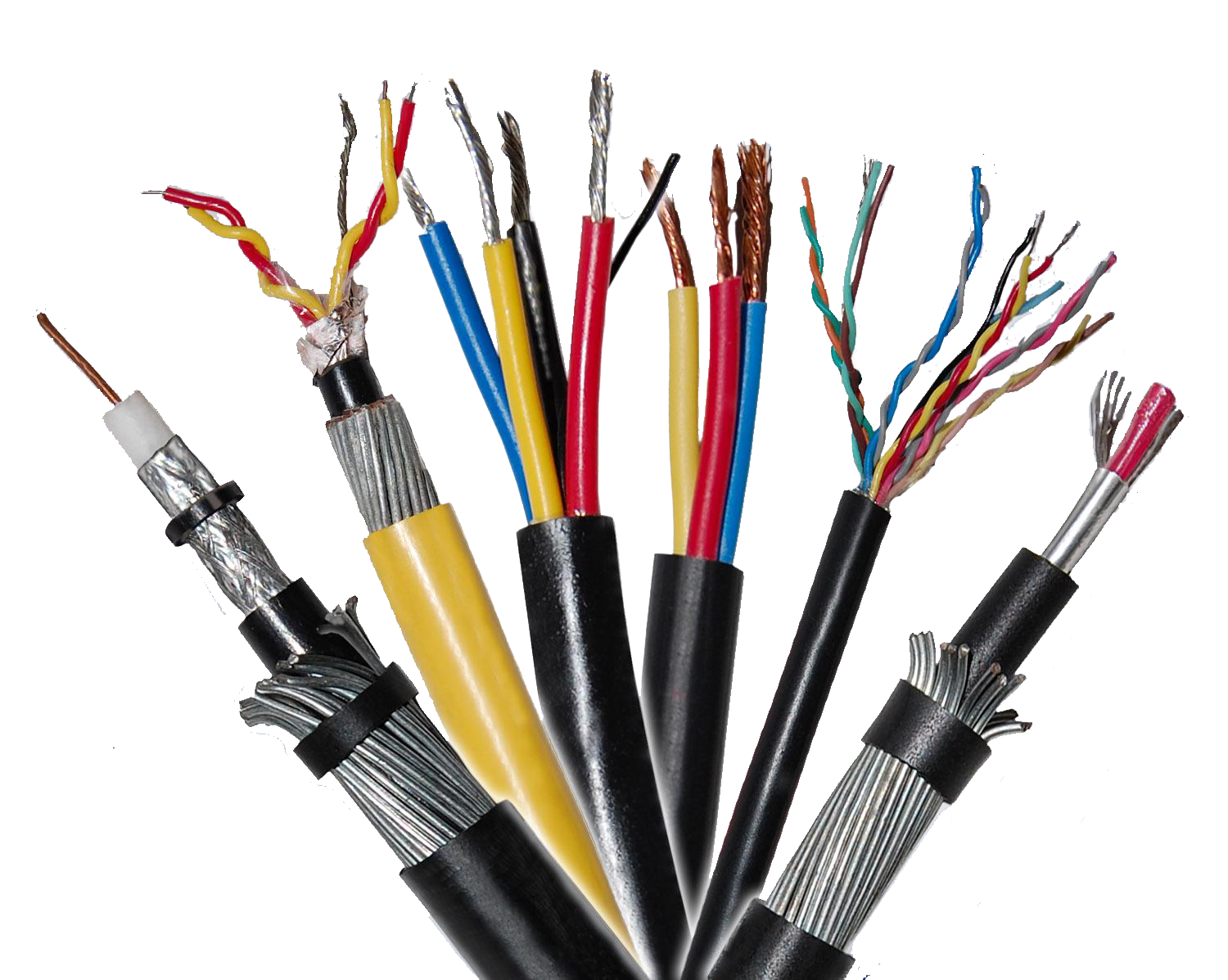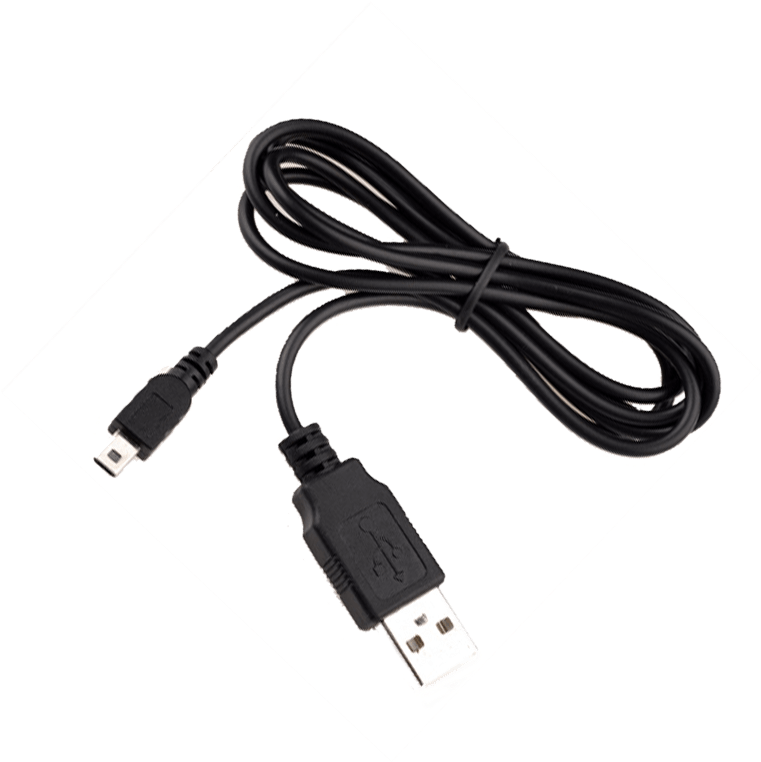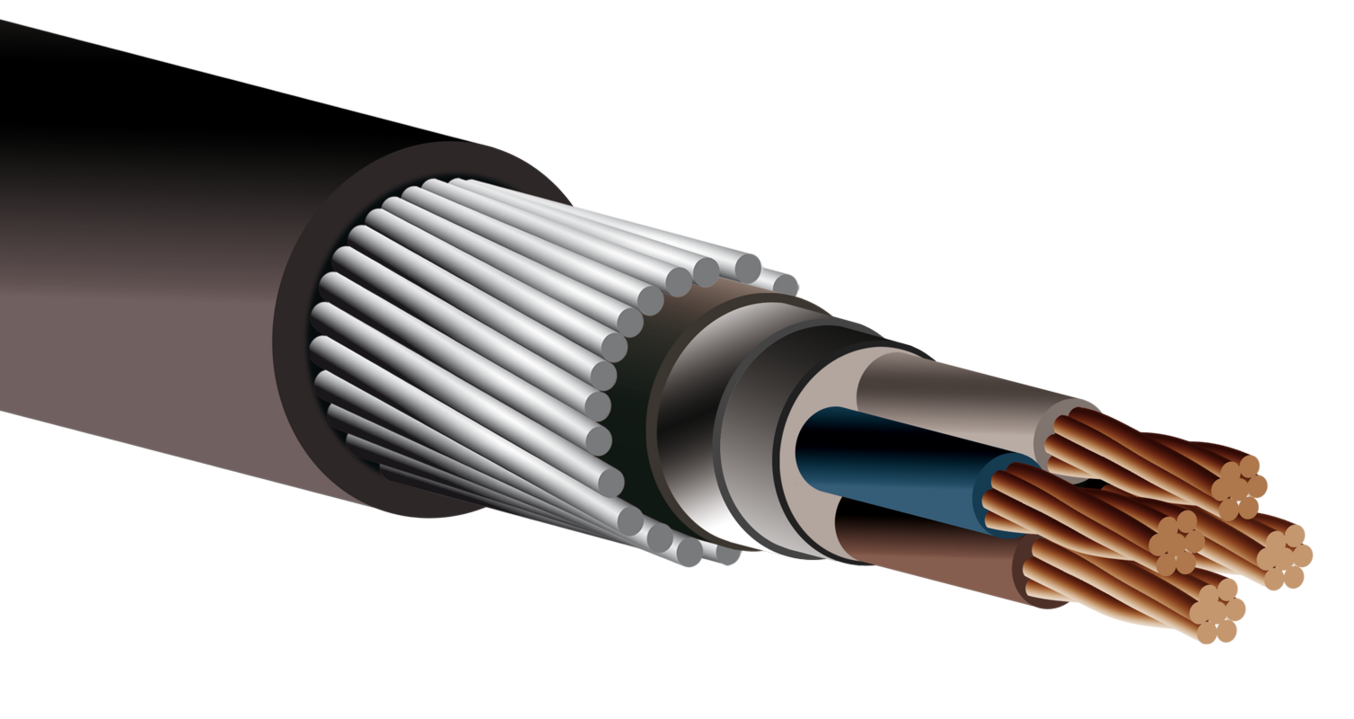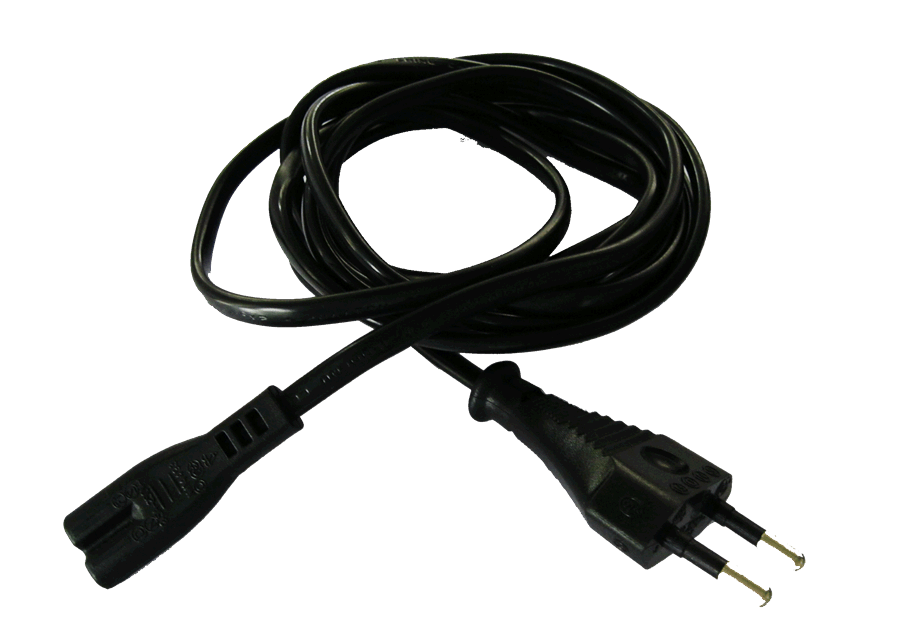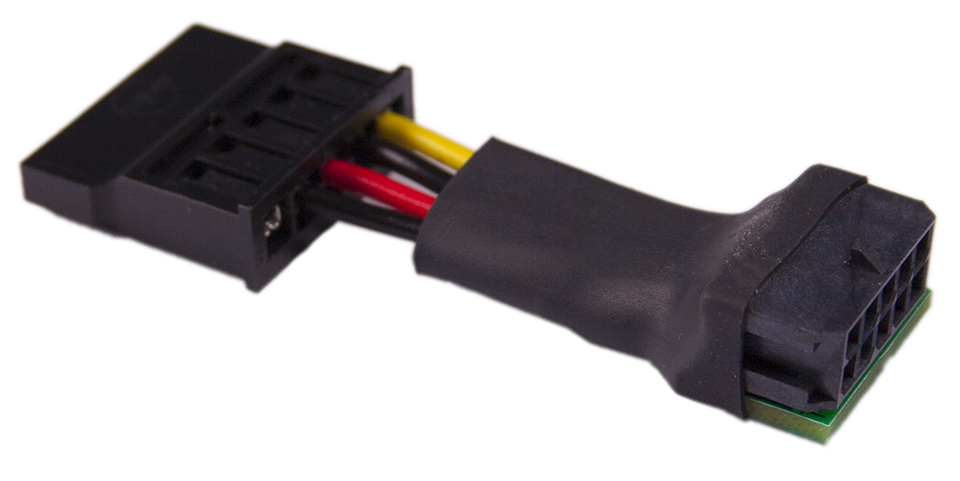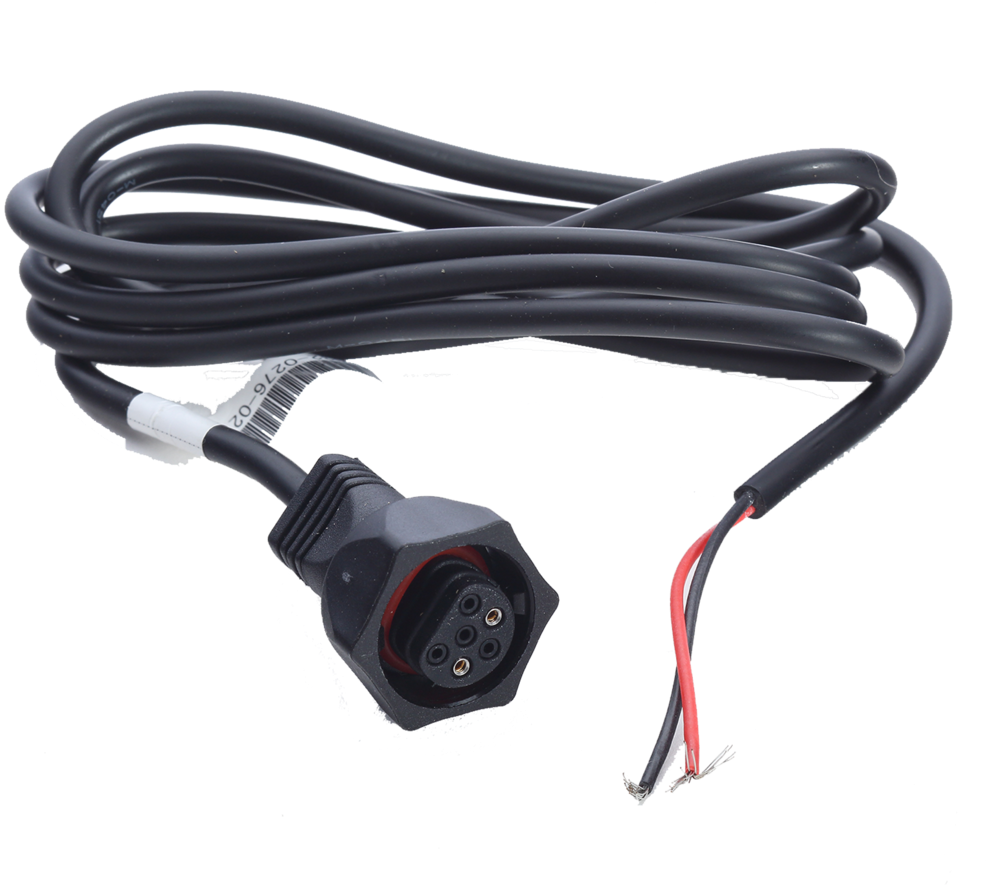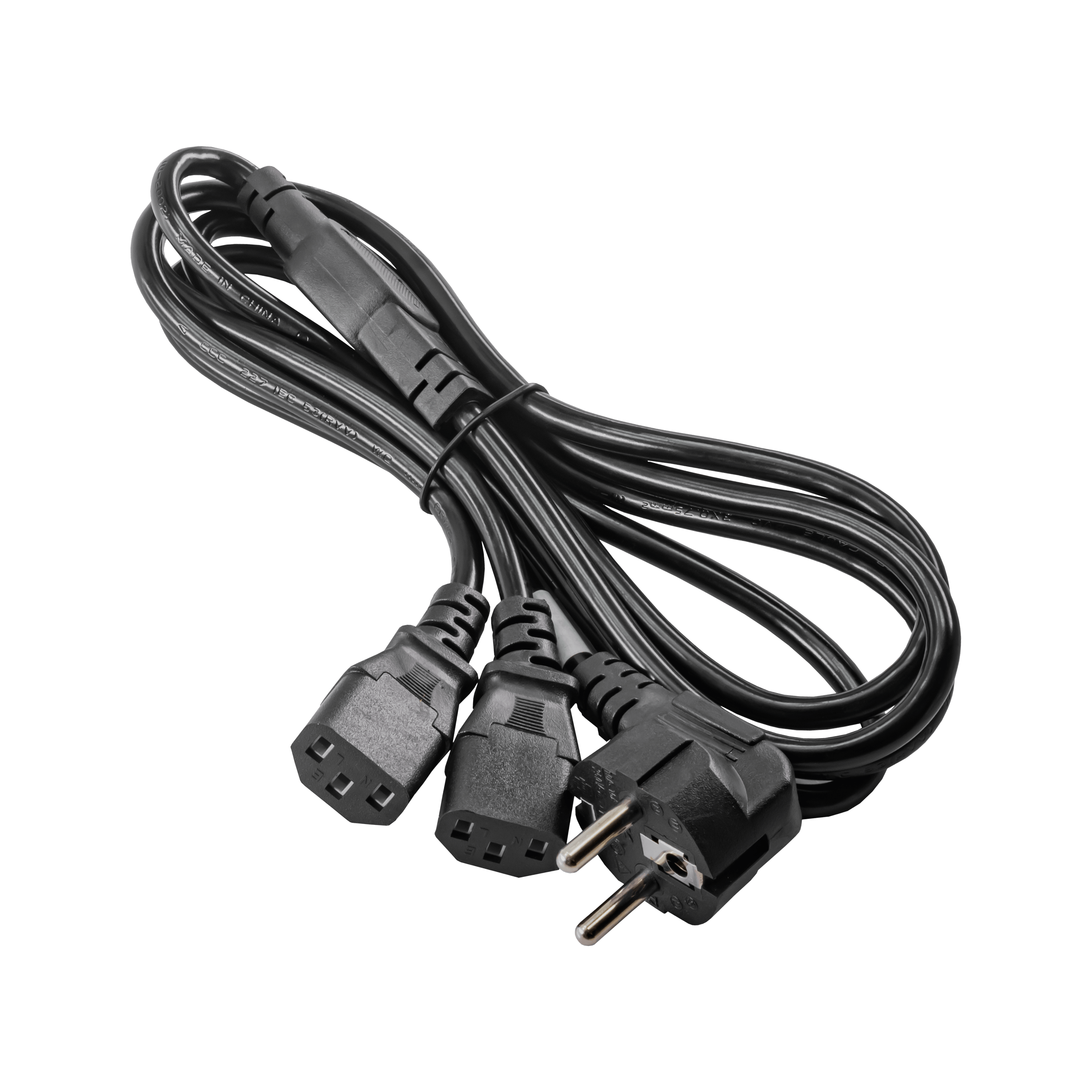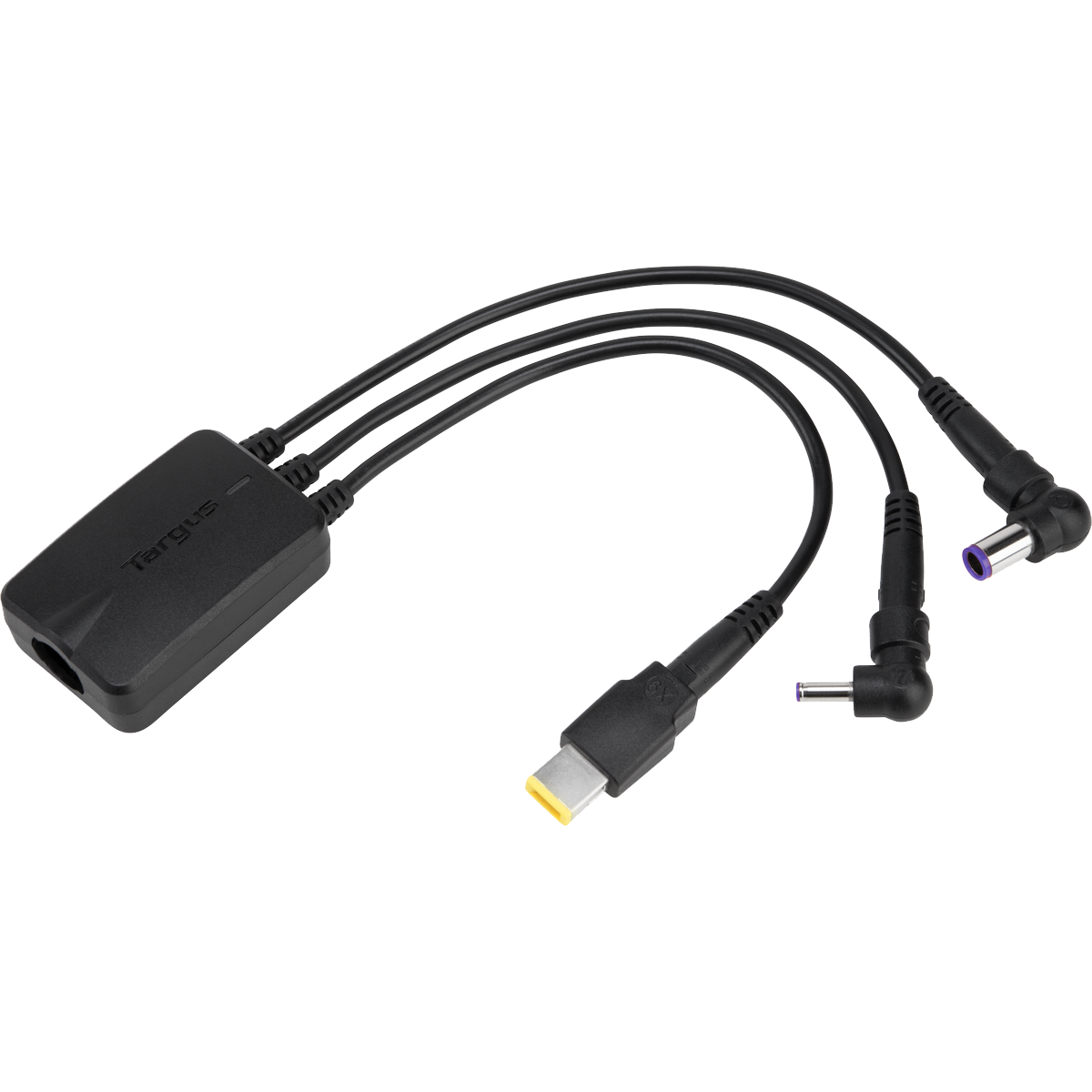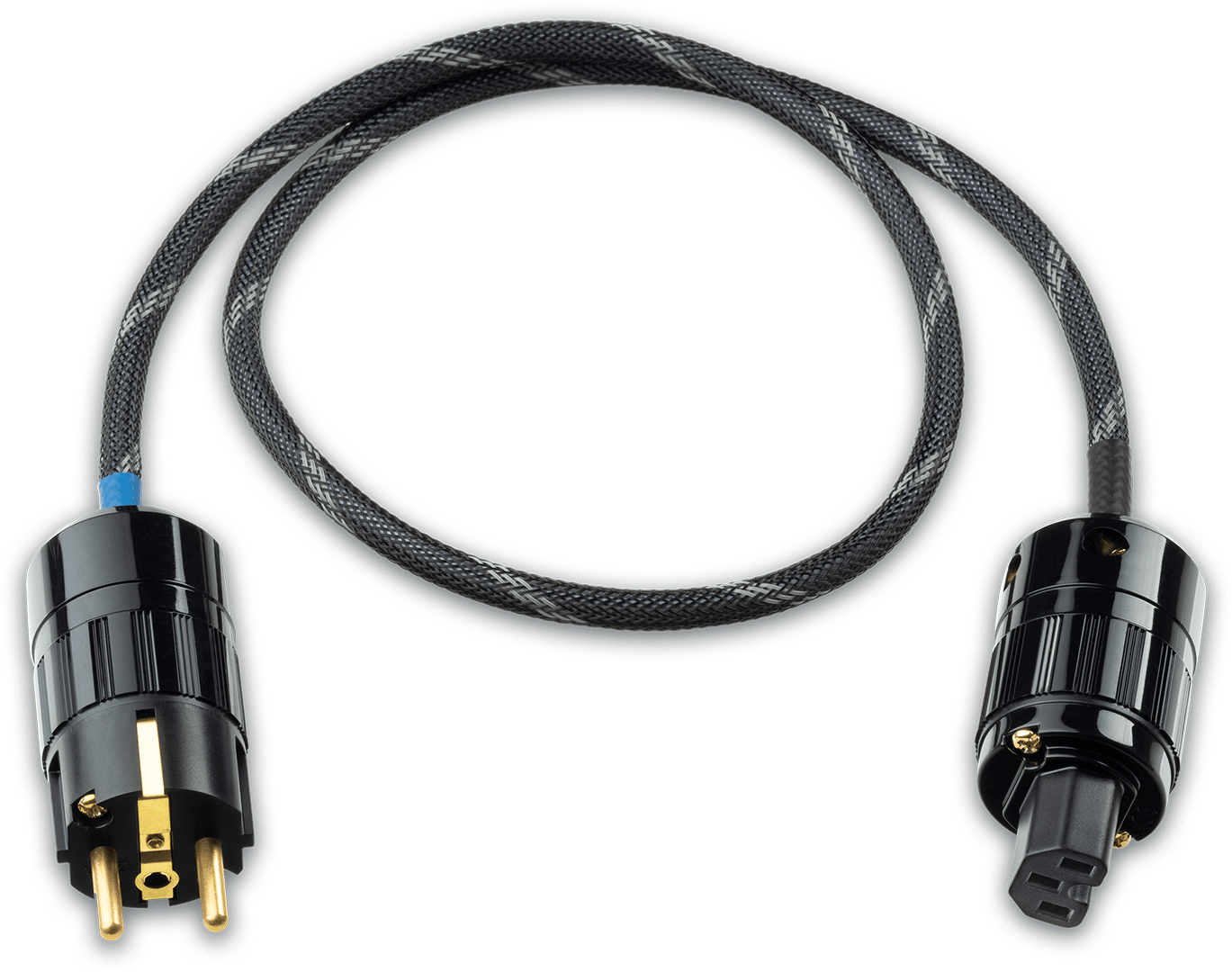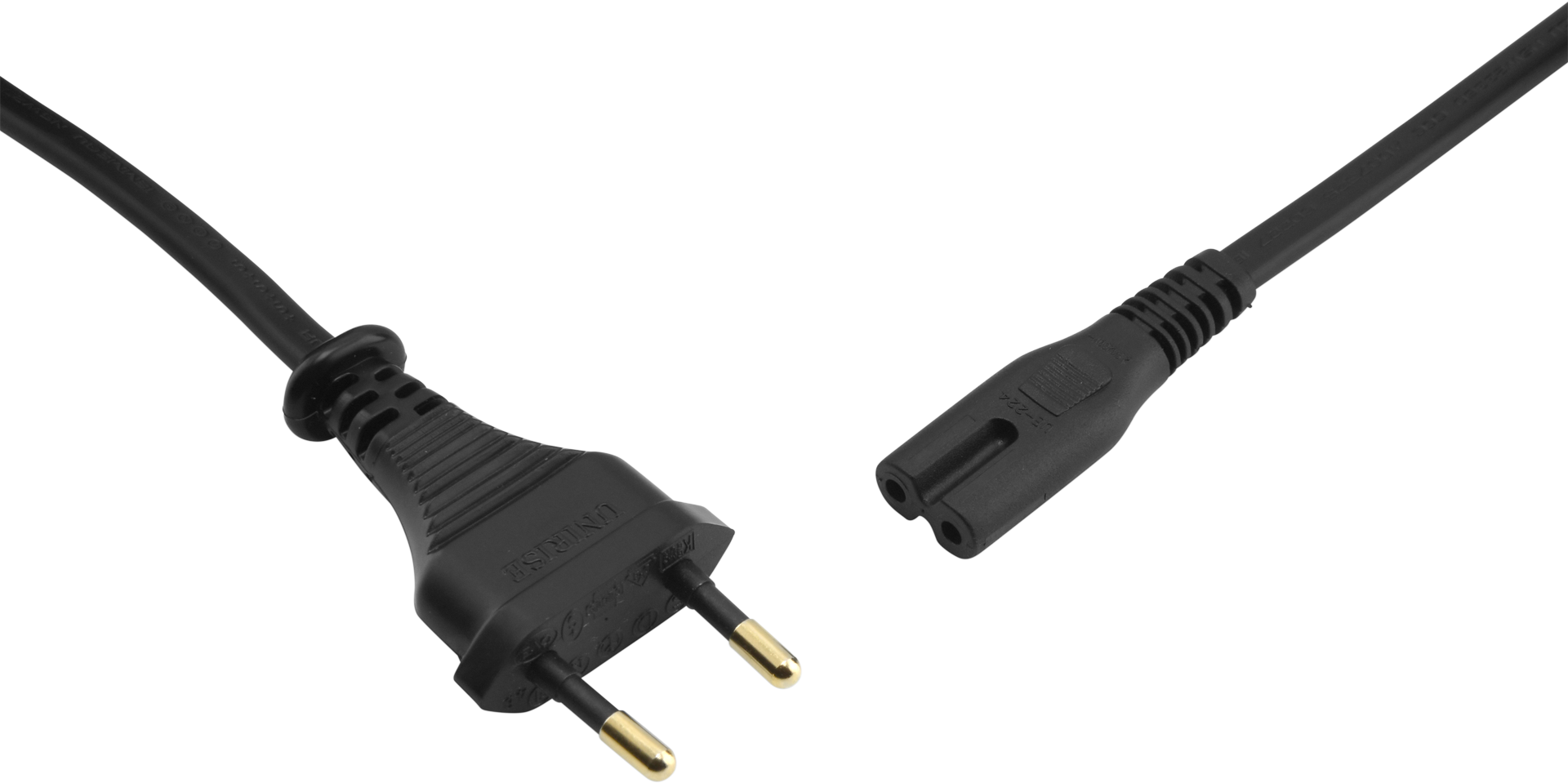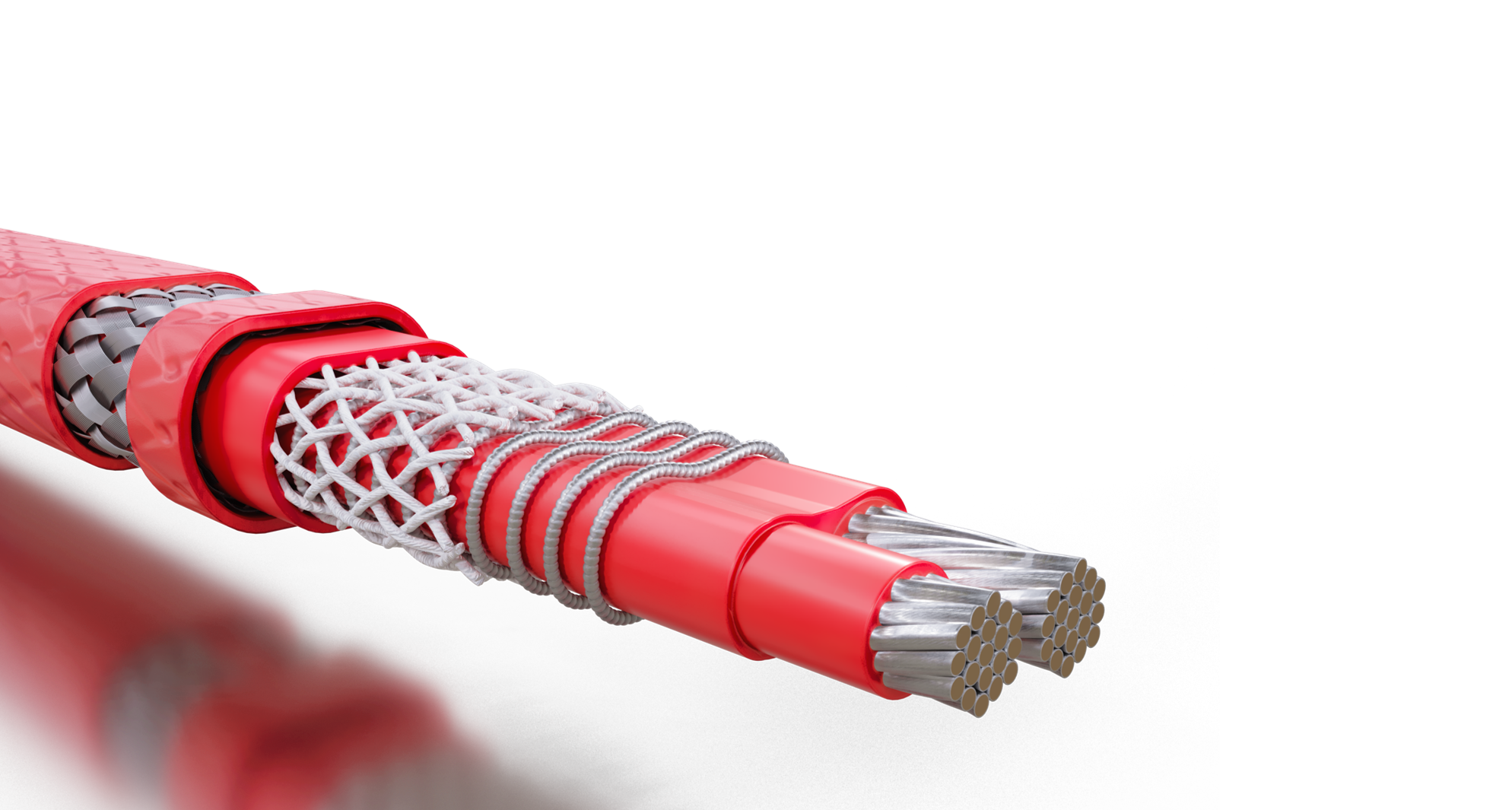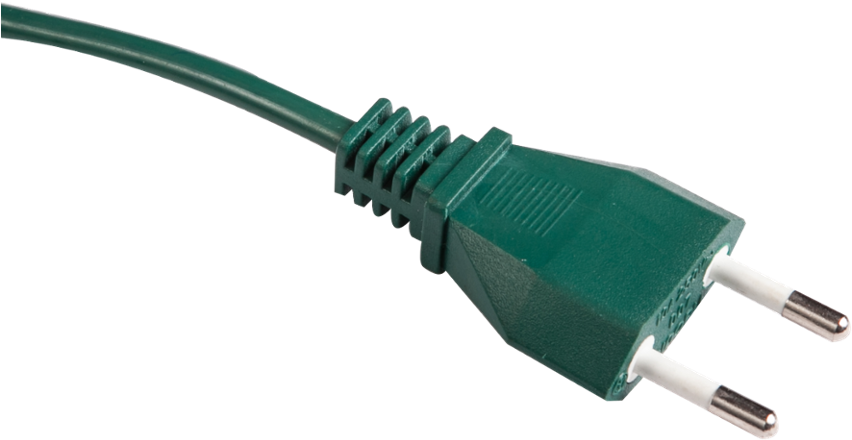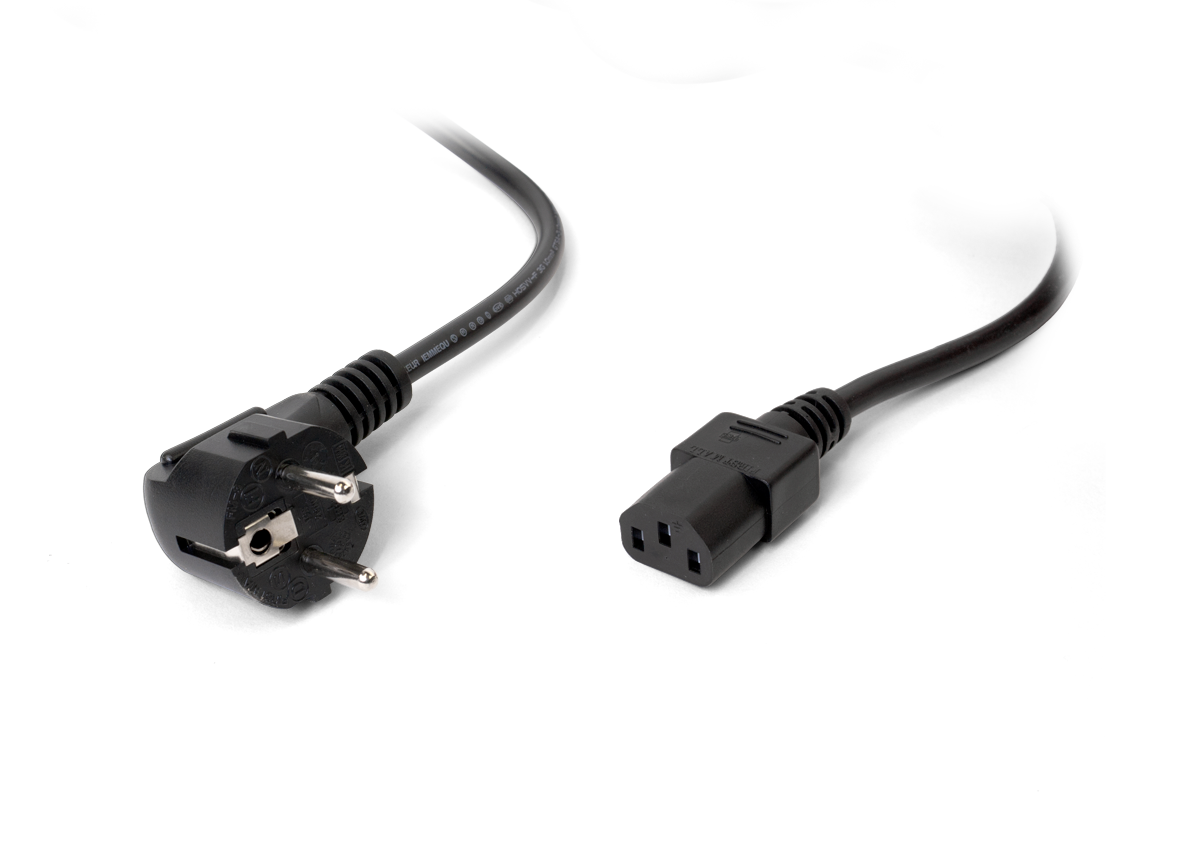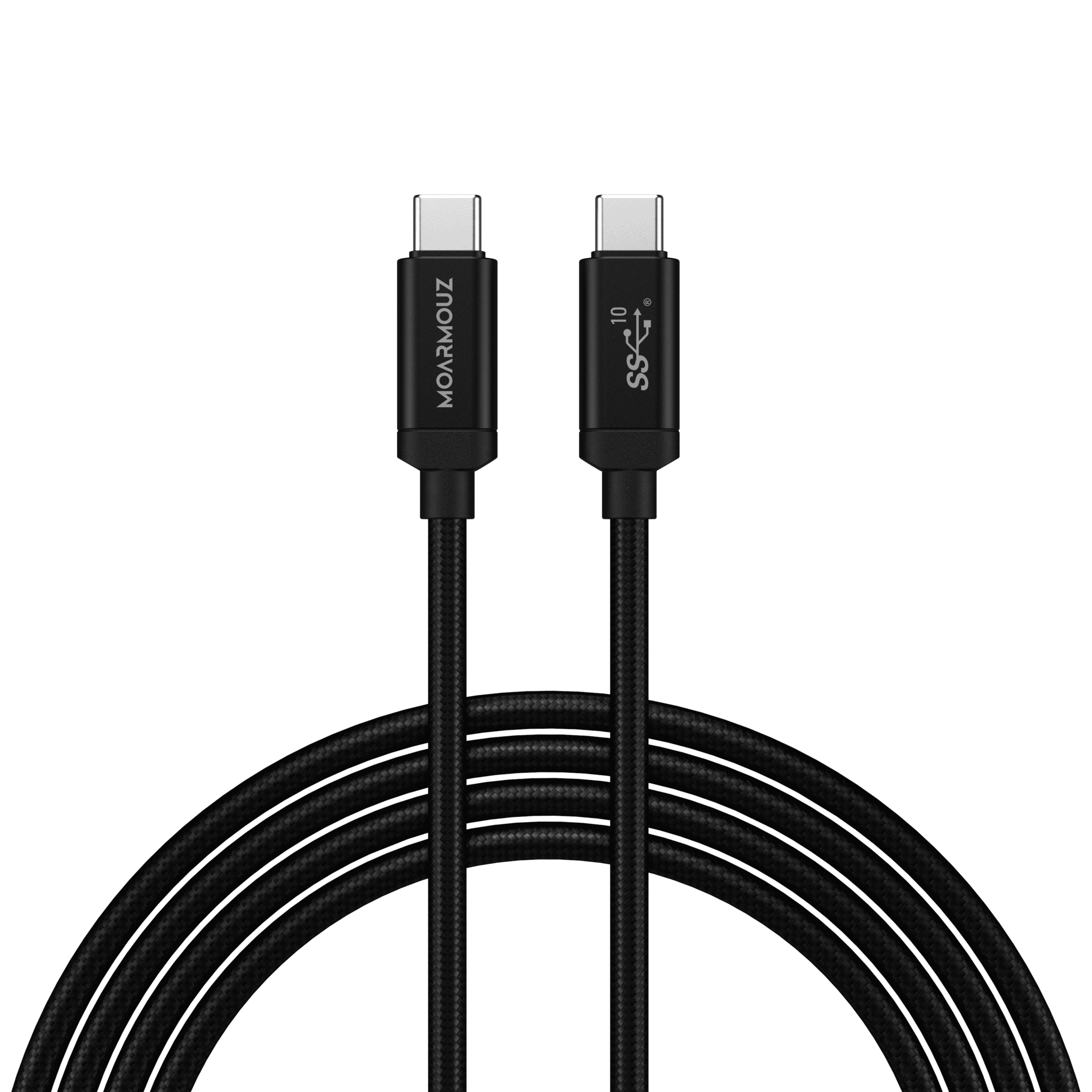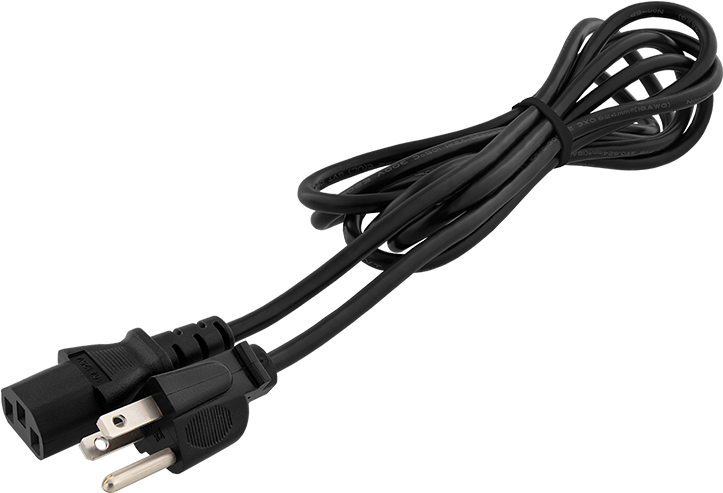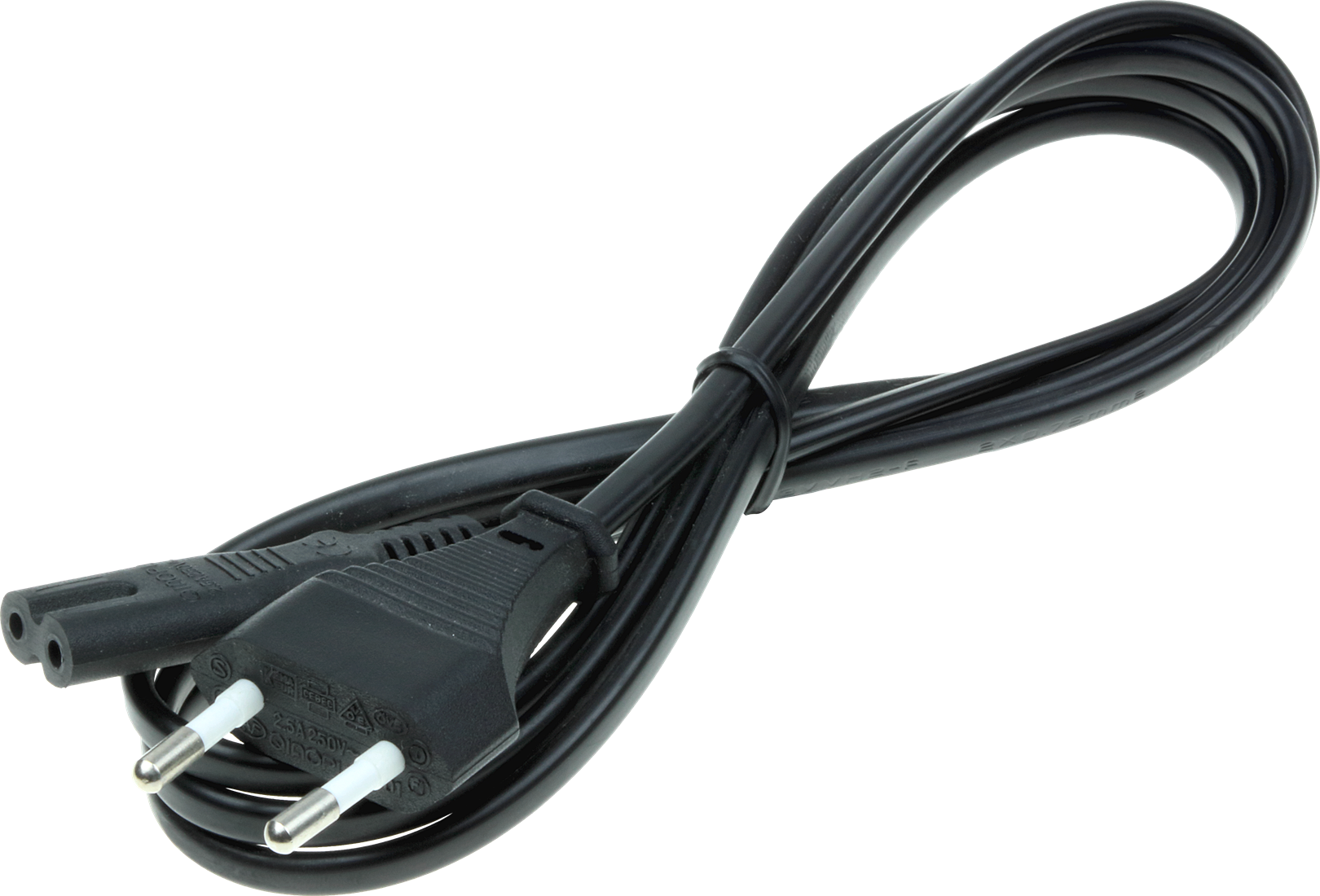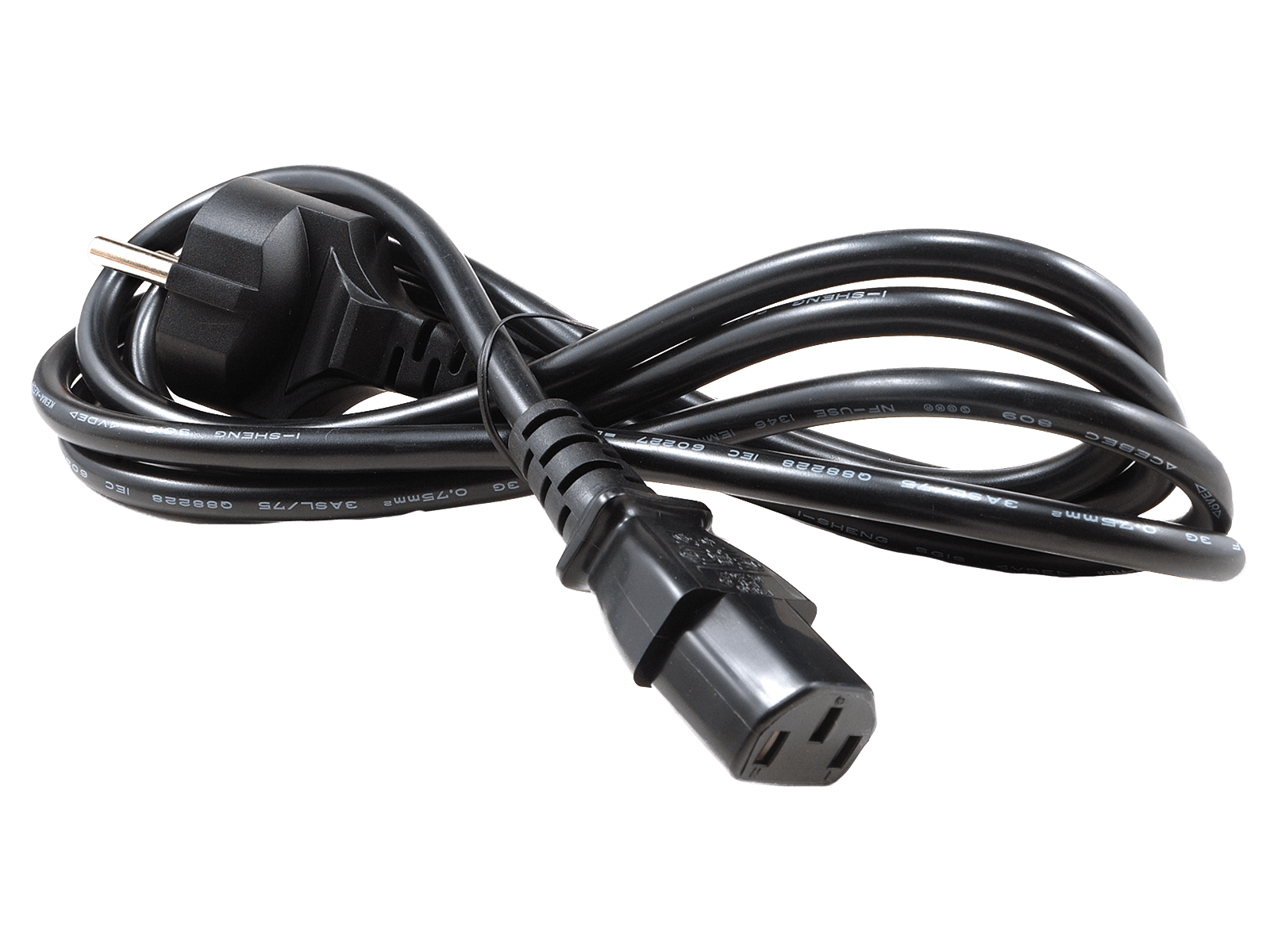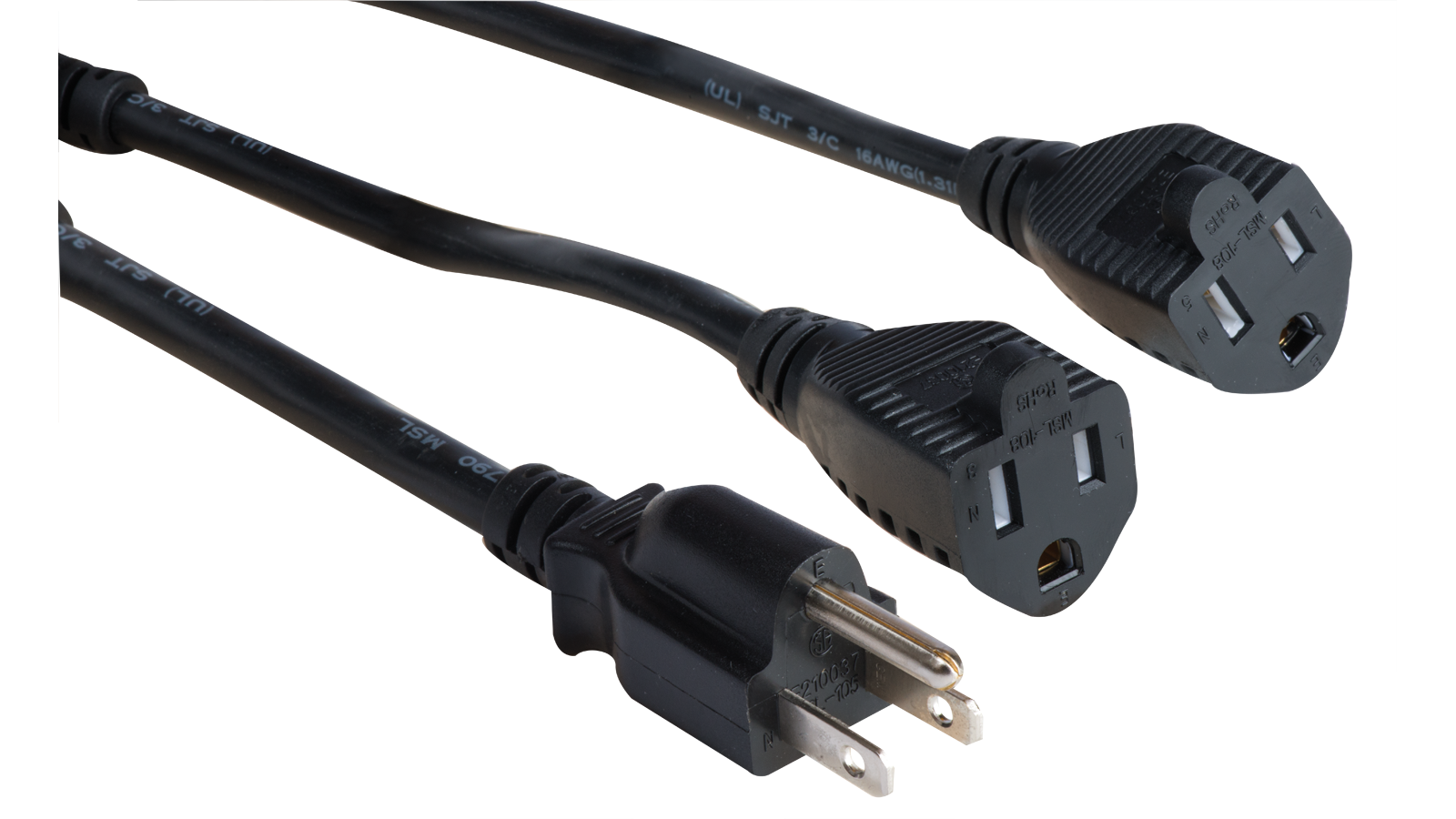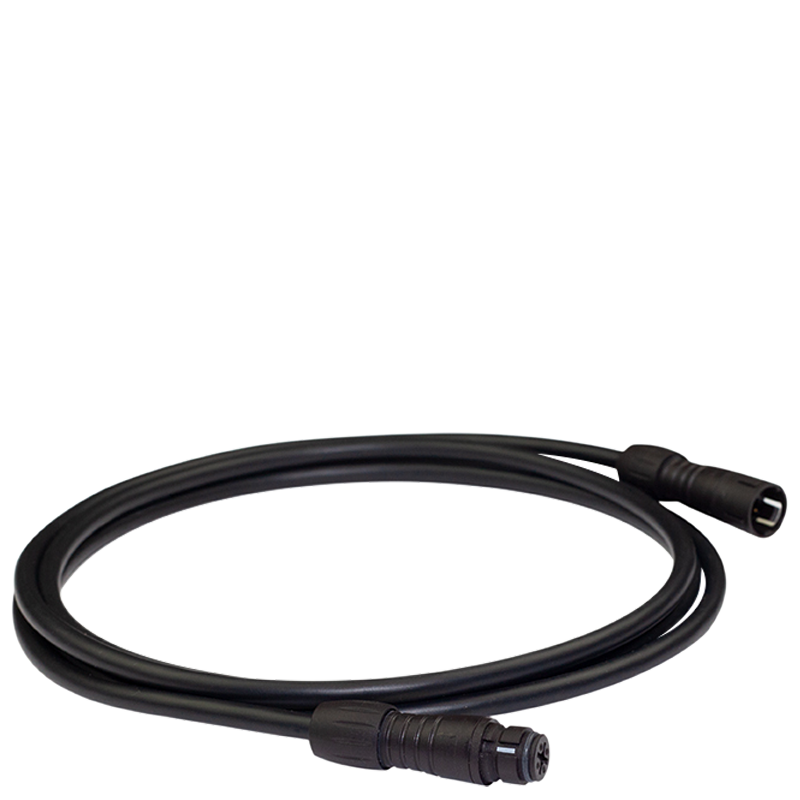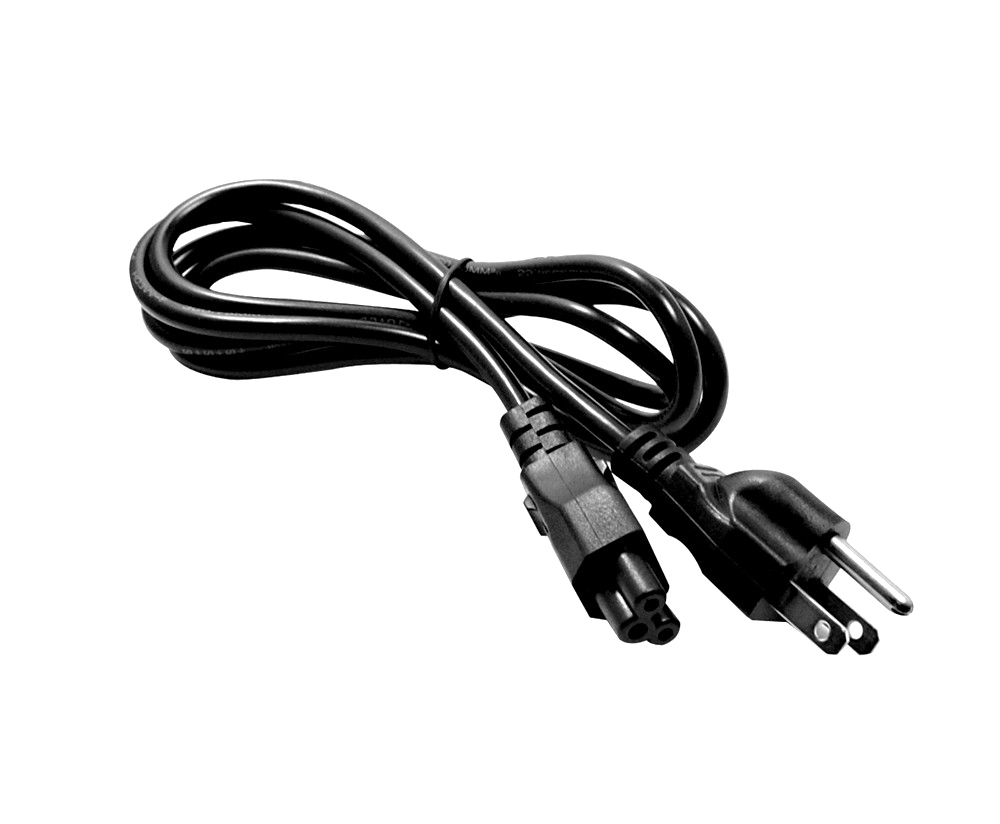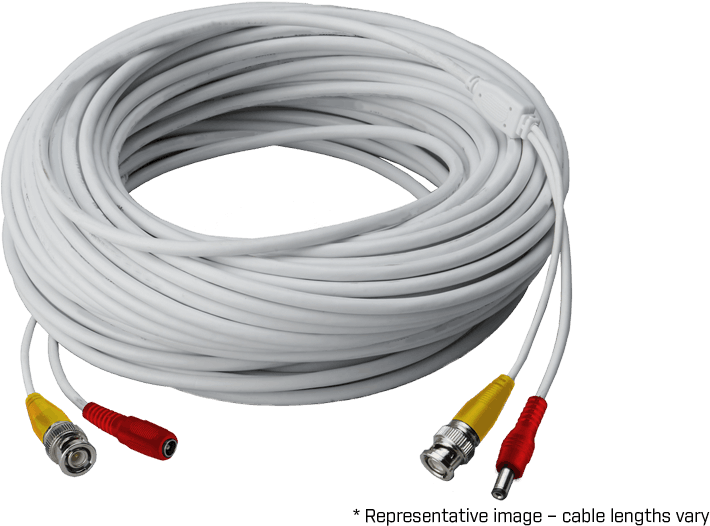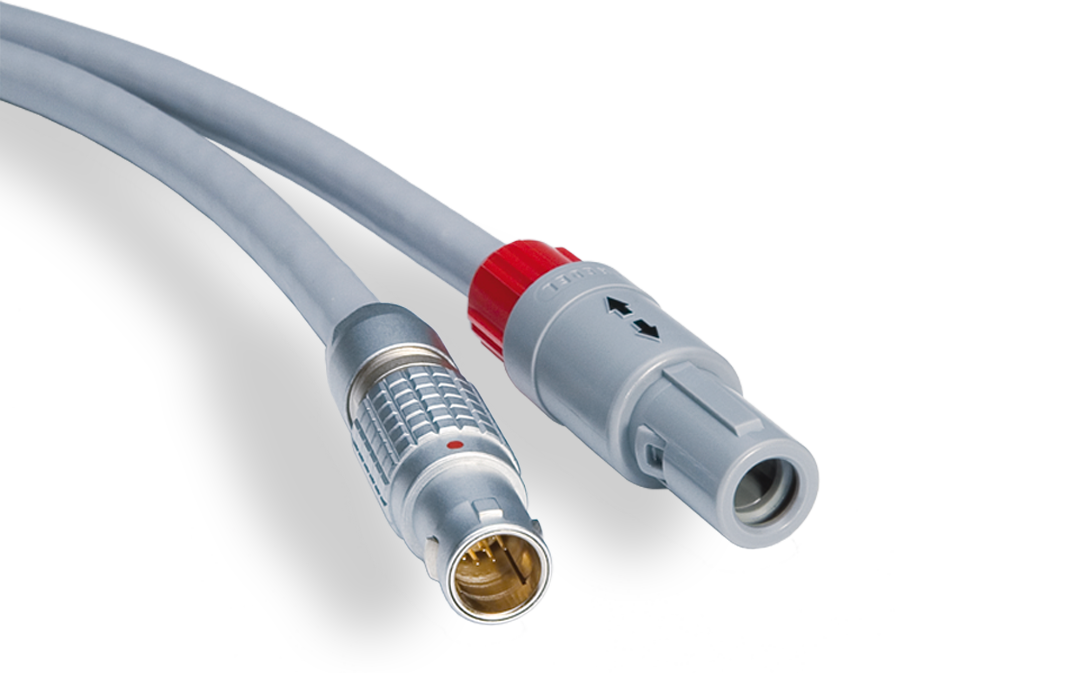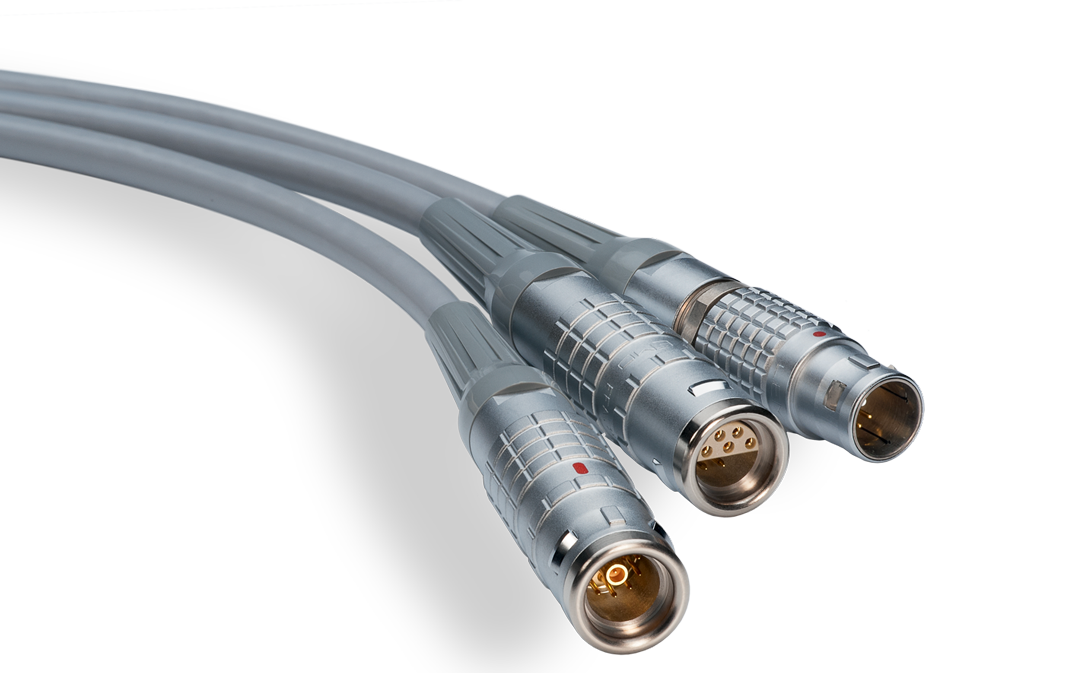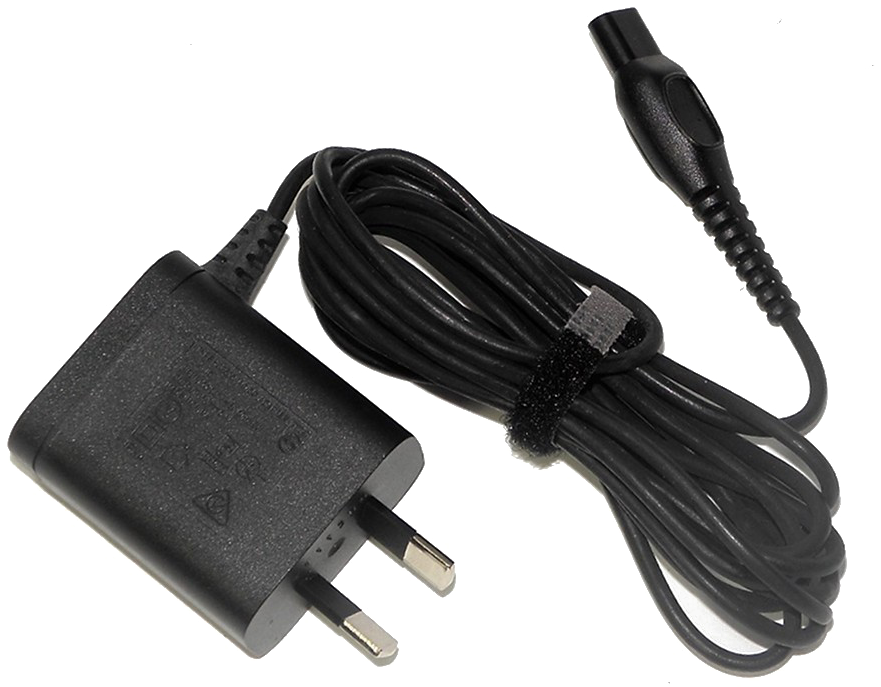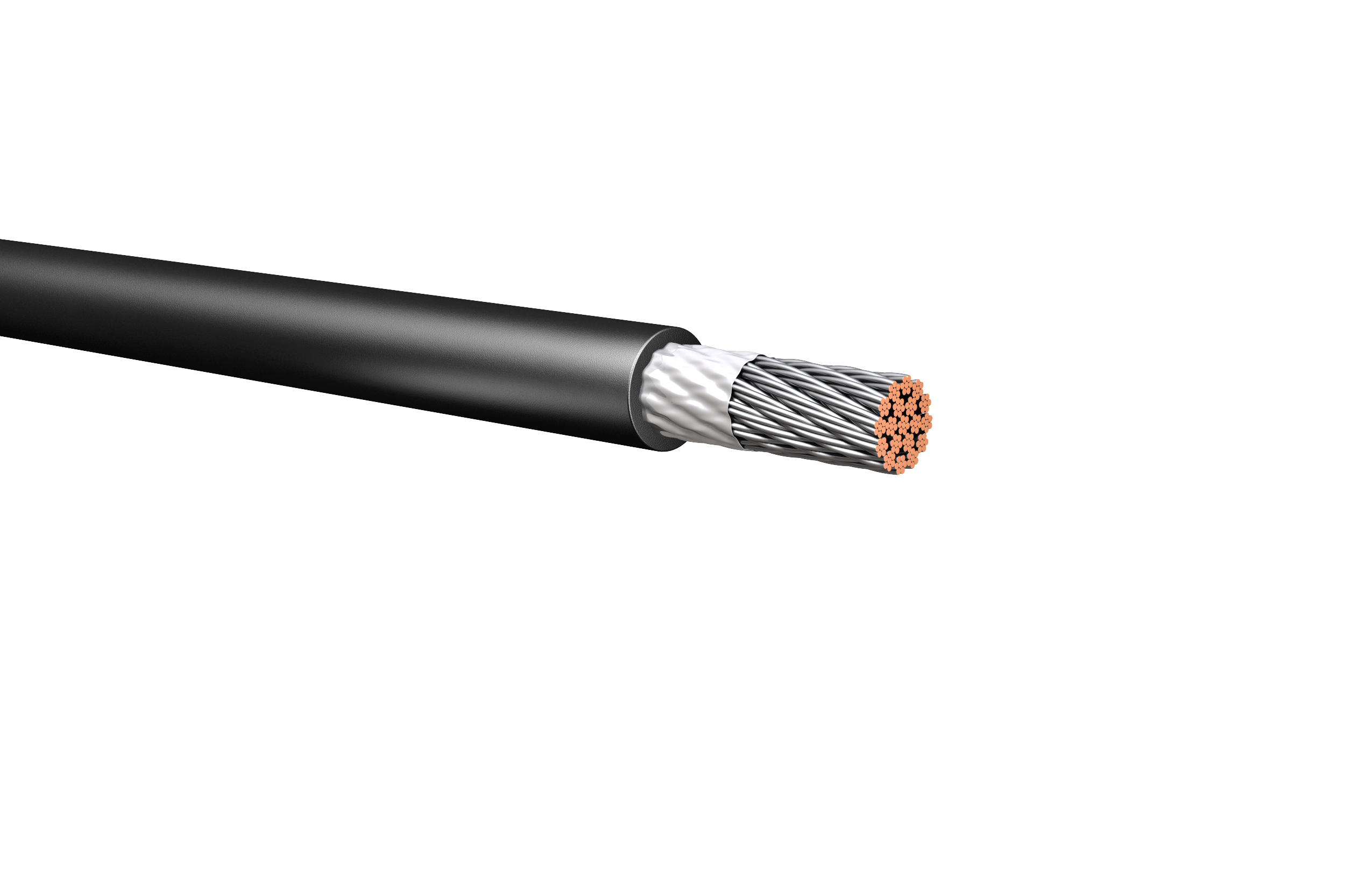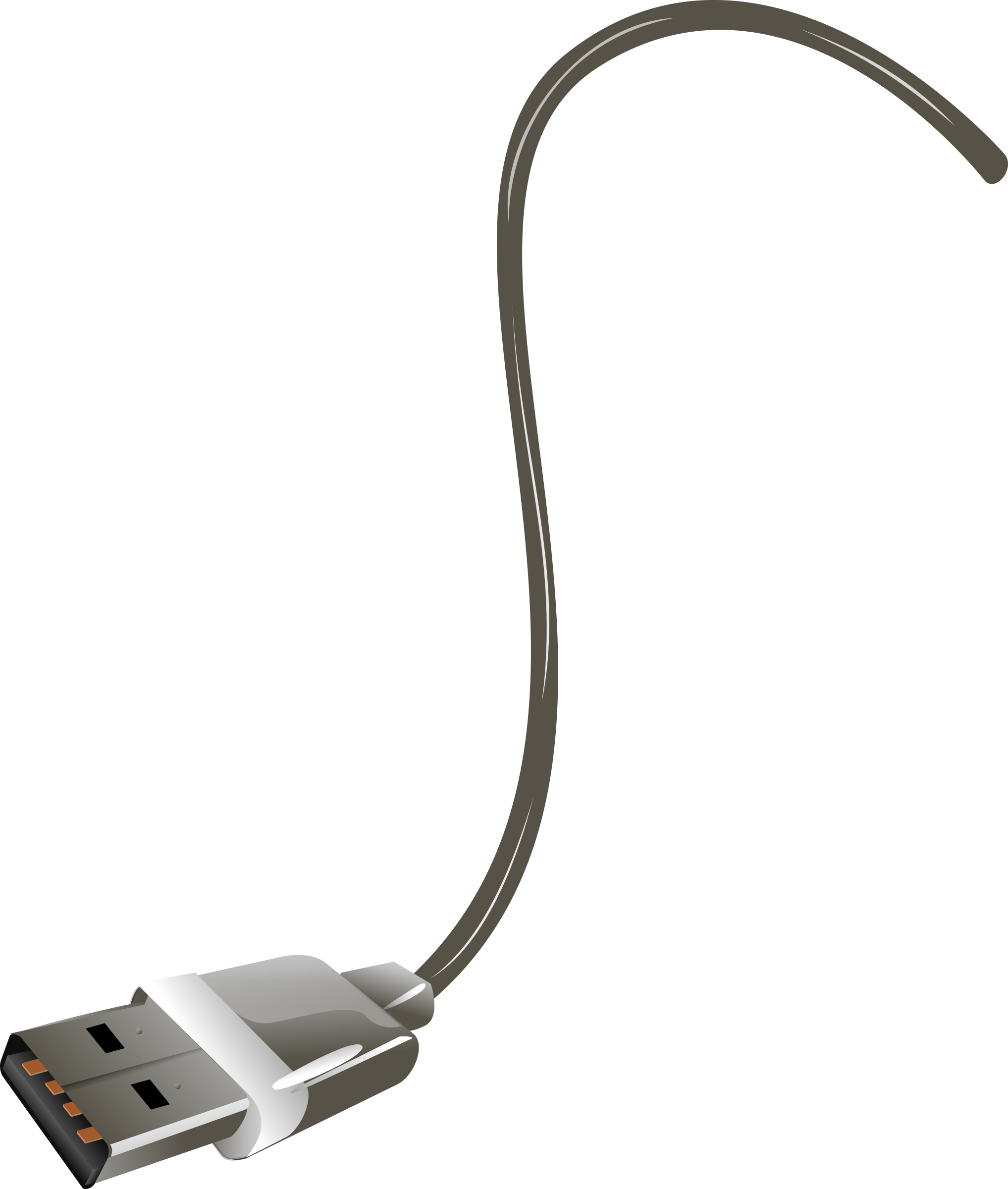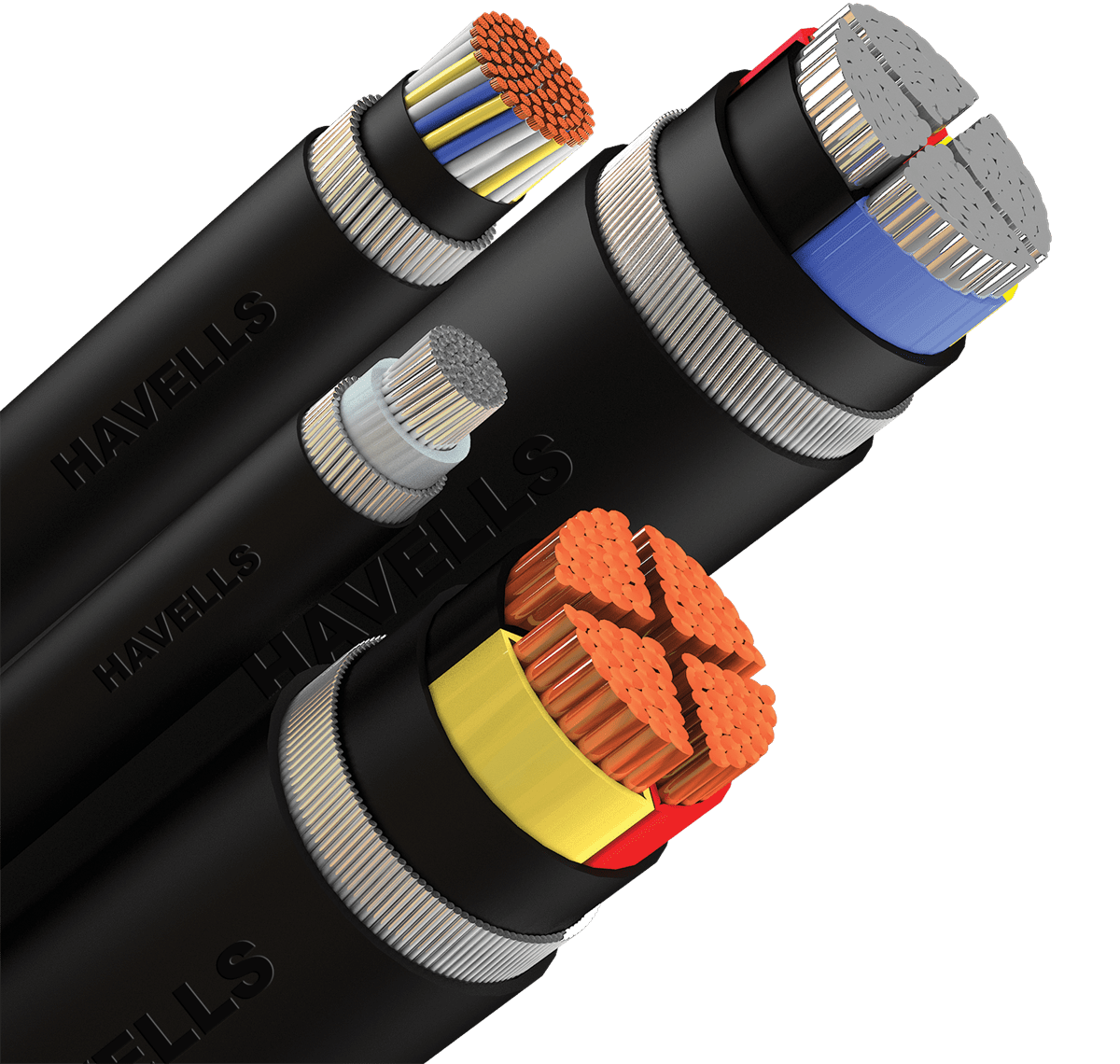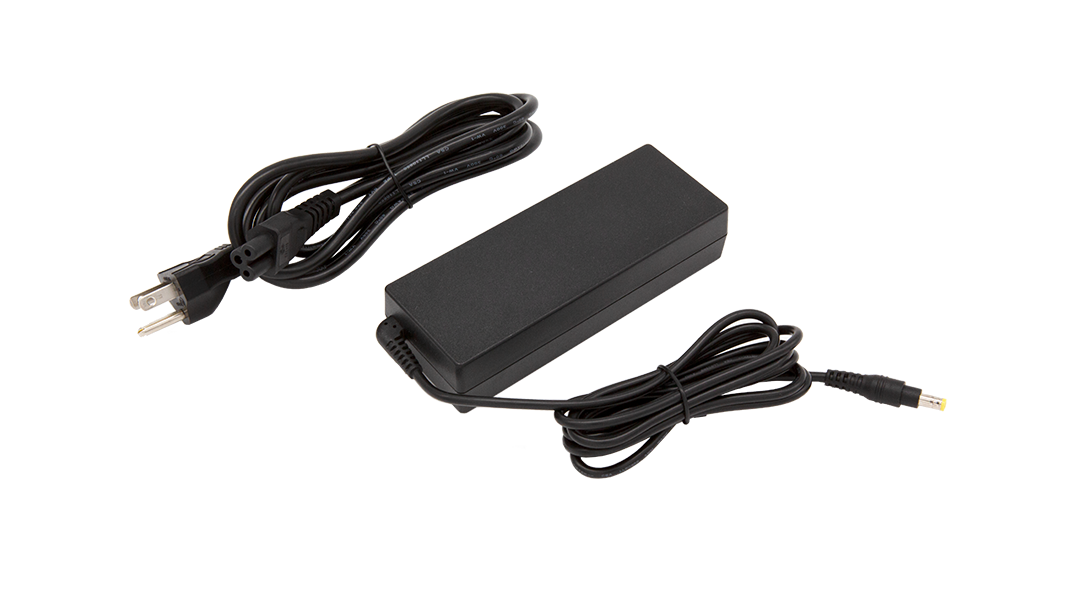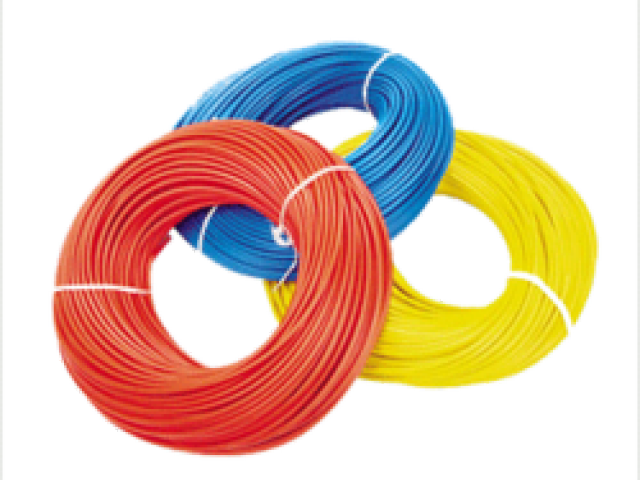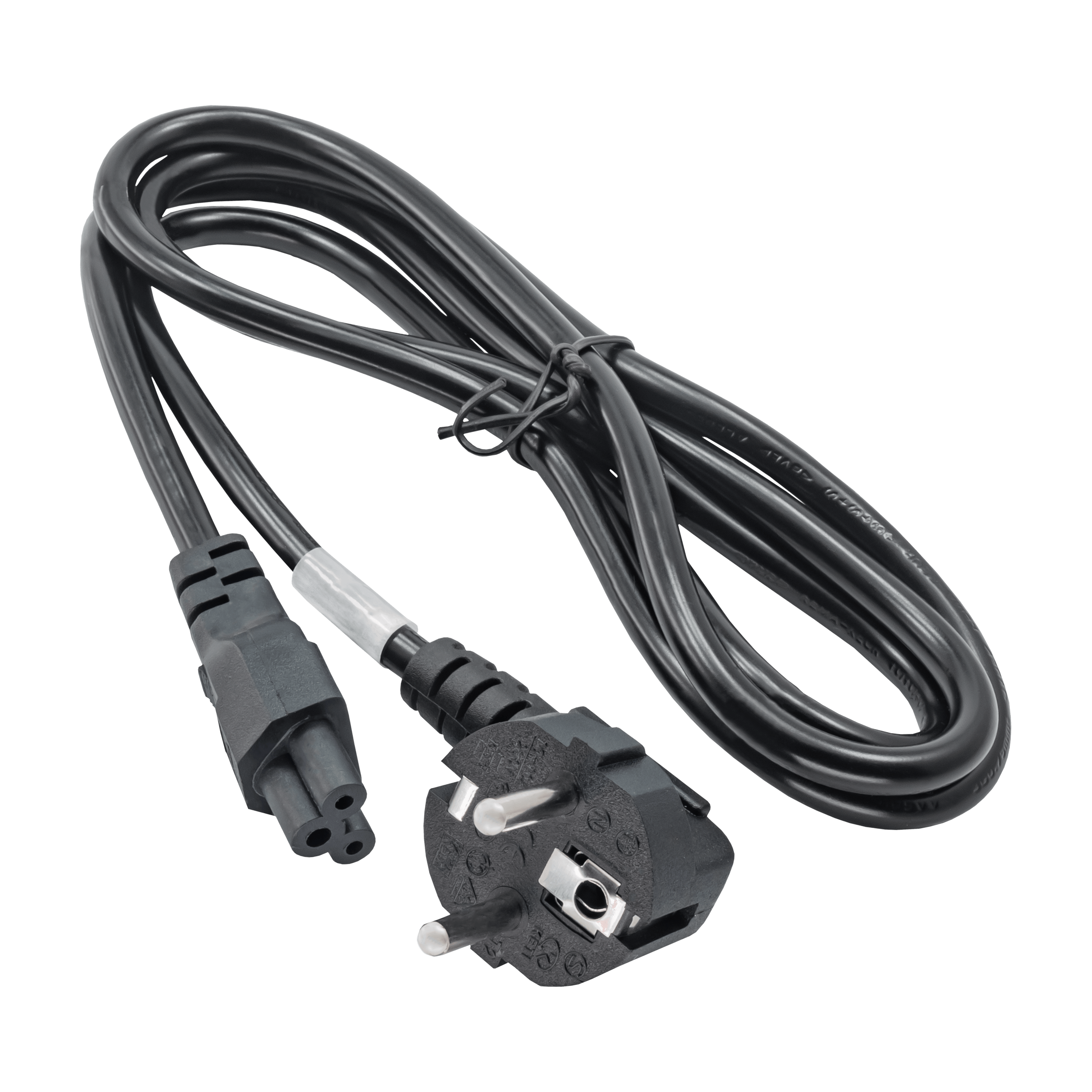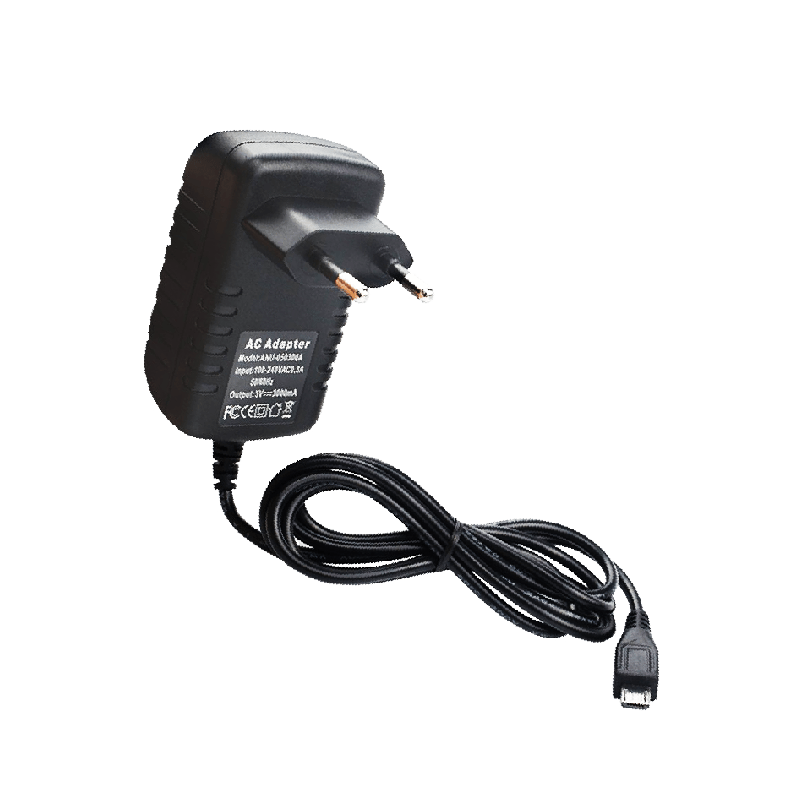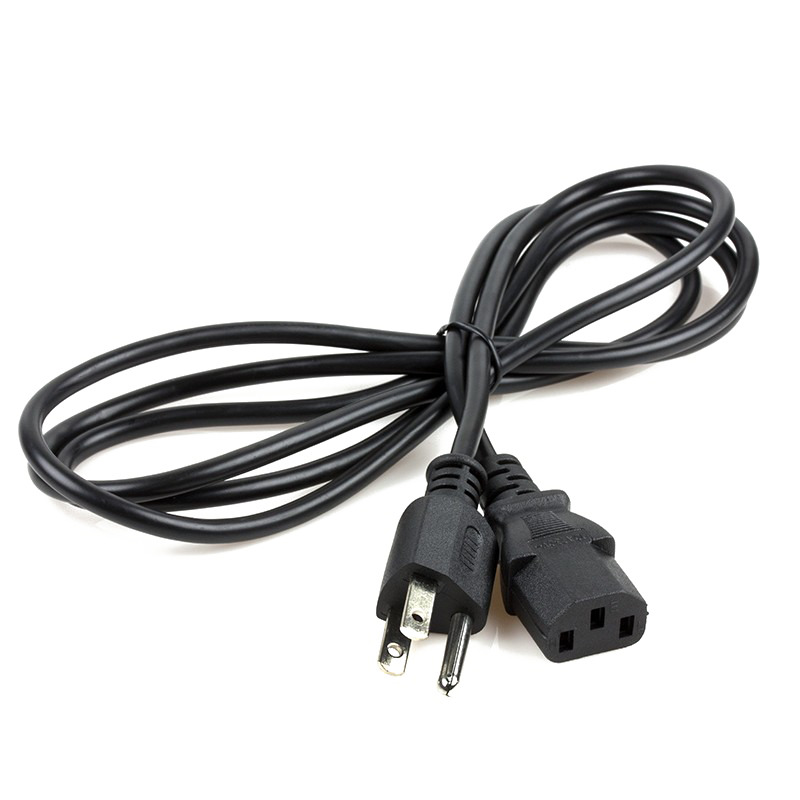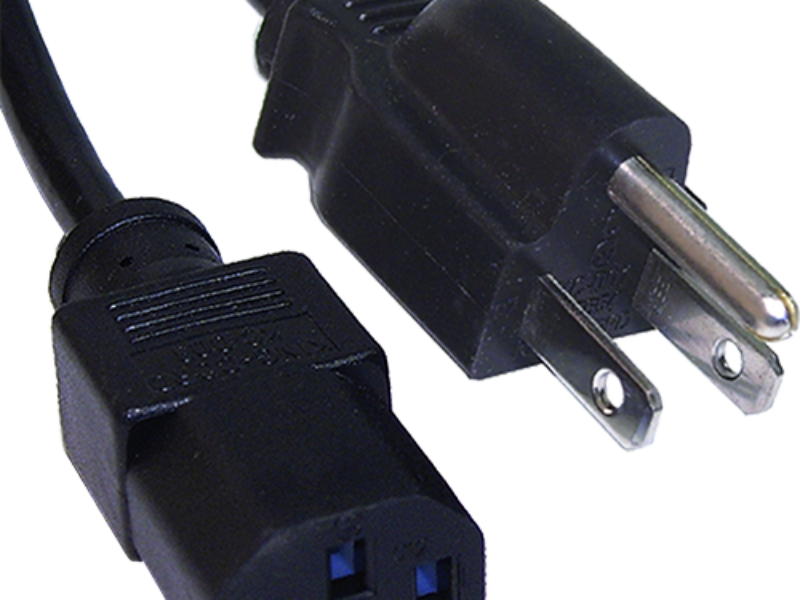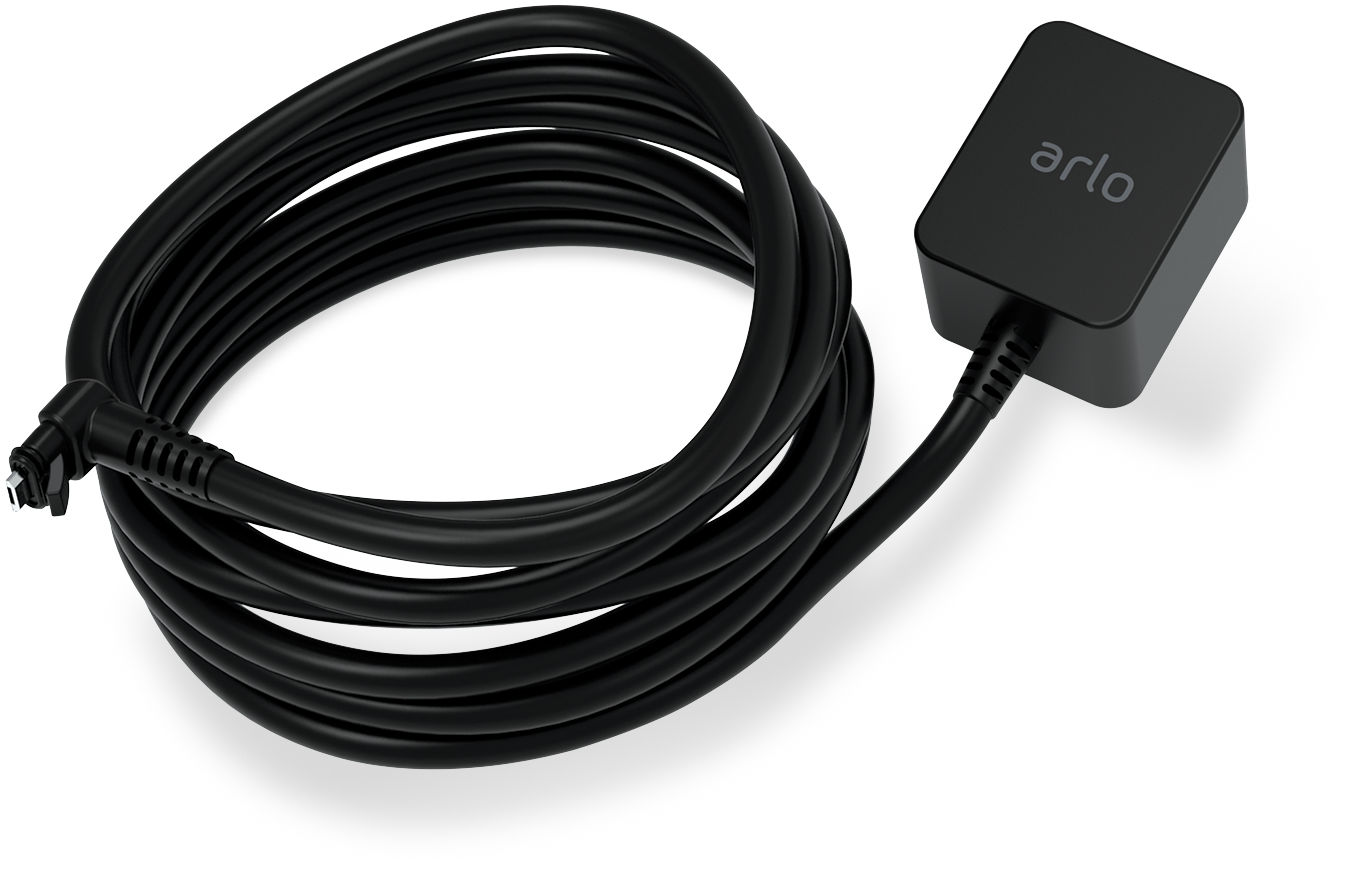Download top and best high-quality free Power Cable PNG Transparent Images backgrounds available in various sizes. To view the full PNG size resolution click on any of the below image thumbnail.
License Info: Creative Commons 4.0 BY-NC
A power cable is an electrical cable made up of one or more electrical conductors that are generally kept together by a sheath. The assembly is utilized for electrical power transmission. Power cables can be hidden in the ground, run above, or exposed as permanent wiring within structures. NM-B cables are power cables wrapped inside thermoplastic sheathing and meant to be routed inside a structure (nonmetallic sheathed building cable).
Portable gadgets, mobile tools, and machines all utilize flexible power connections.
In 1882, Thomas Edison in New York City built the first electricity distribution system, which consisted of copper rods wrapped in jute and put in stiff pipes filled with a bituminous mix. Even though Charles Goodyear developed vulcanized rubber in 1844, it was not employed for cable insulation until the 1880s, when it was used for lighting circuits. In 1897, a rubber-insulated cable was utilized to build 11,000-volt circuits for the Niagara Falls power project.
By 1895, mass-impregnated paper-insulated medium voltage cables had become economically viable. Several types of synthetic rubber and polyethylene insulation were used to insulate wires during WWII.
In North America, typically residential and the business building has gone through numerous technologies:
Initially, staples were used to install bare and cloth-covered wires.
The 1880s-1930s knob and tube wiring with asphalt-saturated fabric or later rubber insulation
Armored cable, known by the genericized trademark “BX,” was created in 1906 and consisted of a flexible steel sheath with two cloth-covered, rubber-insulated conductors. It is more costly than single open conductors.
In 1922, rubber-insulated wires with woven cotton fabric jackets (typically coated with tar) and waxed paper filler were introduced.
In the early 1920s, the two- or three-wire+ground PVC-insulated cable (e.g., NM-B) known as “Romex” is created.
Aluminum wire was utilized as a cheap substitute for copper in the 1960s and 1970s, and it is still used today. However, it is now considered dangerous without appropriate installation owing to corrosion, softness, and connection creep.
From the 1920s through the 1970s, asbestos was employed as an insulator (electrical) in some textile cables.
Metal armor in the shape of wires coiled around the cable or a corrugated tape wrapped around it may be included in cables for direct burying or exposed installations. The armor can be composed of steel or aluminum, and it is not meant to conduct electricity during regular operation, despite being linked to earth ground. Raceways, such as electrical conduits and cable trays, are sometimes used to install electrical power cables containing one or more conductors.
Nonmetallic sheathed building cable (NM-B) consists of two or more wire conductors (plus a grounding conductor) wrapped inside a heat-resistant thermoplastic insulation sheath when used inside a building. It offers benefits over armored construction cable in that it is lighter, more straightforward to handle, and has a more flexible covering.
Download Power Cable PNG images transparent gallery.
- Power Cable PNG Background
Resolution: 703 × 496
Size: 128 KB
Image Format: .png
Download
- Power Cable PNG Clipart Background
Resolution: 961 × 593
Size: 420 KB
Image Format: .png
Download
- Power Cable PNG Clipart
Resolution: 1440 × 1080
Size: 1285 KB
Image Format: .png
Download
- Power Cable PNG Cutout
Resolution: 1500 × 1197
Size: 1442 KB
Image Format: .png
Download
- Power Cable PNG Download Image
Resolution: 761 × 762
Size: 133 KB
Image Format: .png
Download
- Power Cable PNG File Download Free
Resolution: 1354 × 719
Size: 361 KB
Image Format: .png
Download
- Power Cable PNG File
Resolution: 900 × 640
Size: 73 KB
Image Format: .png
Download
- Power Cable PNG Free Download
Resolution: 960 × 481
Size: 377 KB
Image Format: .png
Download
- Power Cable PNG Free File Download
Resolution: 986 × 887
Size: 671 KB
Image Format: .png
Download
- Power Cable PNG Free Image
Resolution: 3000 × 3000
Size: 1595 KB
Image Format: .png
Download
- Power Cable PNG HD Background
Resolution: 1200 × 1200
Size: 390 KB
Image Format: .png
Download
- Power Cable PNG HD Image
Resolution: 1369 × 1080
Size: 381 KB
Image Format: .png
Download
- Power Cable PNG HD Quality
Resolution: 1920 × 959
Size: 327 KB
Image Format: .png
Download
- Power Cable PNG High Quality Image
Resolution: 1216 × 670
Size: 655 KB
Image Format: .png
Download
- Power Cable PNG Image File
Resolution: 1988 × 1065
Size: 1802 KB
Image Format: .png
Download
- Power Cable PNG Image HD
Resolution: 852 × 440
Size: 236 KB
Image Format: .png
Download
- Power Cable PNG Image
Resolution: 1200 × 846
Size: 313 KB
Image Format: .png
Download
- Power Cable PNG Images HD
Resolution: 2048 × 2048
Size: 724 KB
Image Format: .png
Download
- Power Cable PNG Images
Resolution: 723 × 493
Size: 125 KB
Image Format: .png
Download
- Power Cable PNG Photo Image
Resolution: 1620 × 1100
Size: 1379 KB
Image Format: .png
Download
- Power Cable PNG Photo
Resolution: 1600 × 1200
Size: 387 KB
Image Format: .png
Download
- Power Cable PNG Photos
Resolution: 1600 × 900
Size: 1438 KB
Image Format: .png
Download
- Power Cable PNG Pic Background
Resolution: 800 × 800
Size: 221 KB
Image Format: .png
Download
- Power Cable PNG Pic
Resolution: 1000 × 824
Size: 218 KB
Image Format: .png
Download
- Power Cable PNG Picture
Resolution: 710 × 526
Size: 132 KB
Image Format: .png
Download
- Power Cable PNG
Resolution: 1088 × 673
Size: 373 KB
Image Format: .png
Download
- Power Cable Transparent Background
Resolution: 1088 × 673
Size: 434 KB
Image Format: .png
Download
- Power Cable Transparent File
Resolution: 881 × 687
Size: 410 KB
Image Format: .png
Download
- Power Cable Transparent Free PNG
Resolution: 2550 × 1650
Size: 657 KB
Image Format: .png
Download
- Power Cable Transparent Image
Resolution: 2035 × 2400
Size: 195 KB
Image Format: .png
Download
- Power Cable Transparent Images
Resolution: 1200 × 1140
Size: 418 KB
Image Format: .png
Download
- Power Cable Transparent PNG
Resolution: 1067 × 600
Size: 284 KB
Image Format: .png
Download
- Power Cable Transparent
Resolution: 640 × 480
Size: 205 KB
Image Format: .png
Download
- Power Cable
Resolution: 3000 × 3000
Size: 1881 KB
Image Format: .png
Download
- Power Cable Background PNG Image
Resolution: 800 × 800
Size: 83 KB
Image Format: .png
Download
- Power Cable Background PNG
Resolution: 800 × 800
Size: 297 KB
Image Format: .png
Download
- Power Cable Download Free PNG
Resolution: 800 × 600
Size: 483 KB
Image Format: .png
Download
- Power Cable No Background
Resolution: 1350 × 891
Size: 876 KB
Image Format: .png
Download
